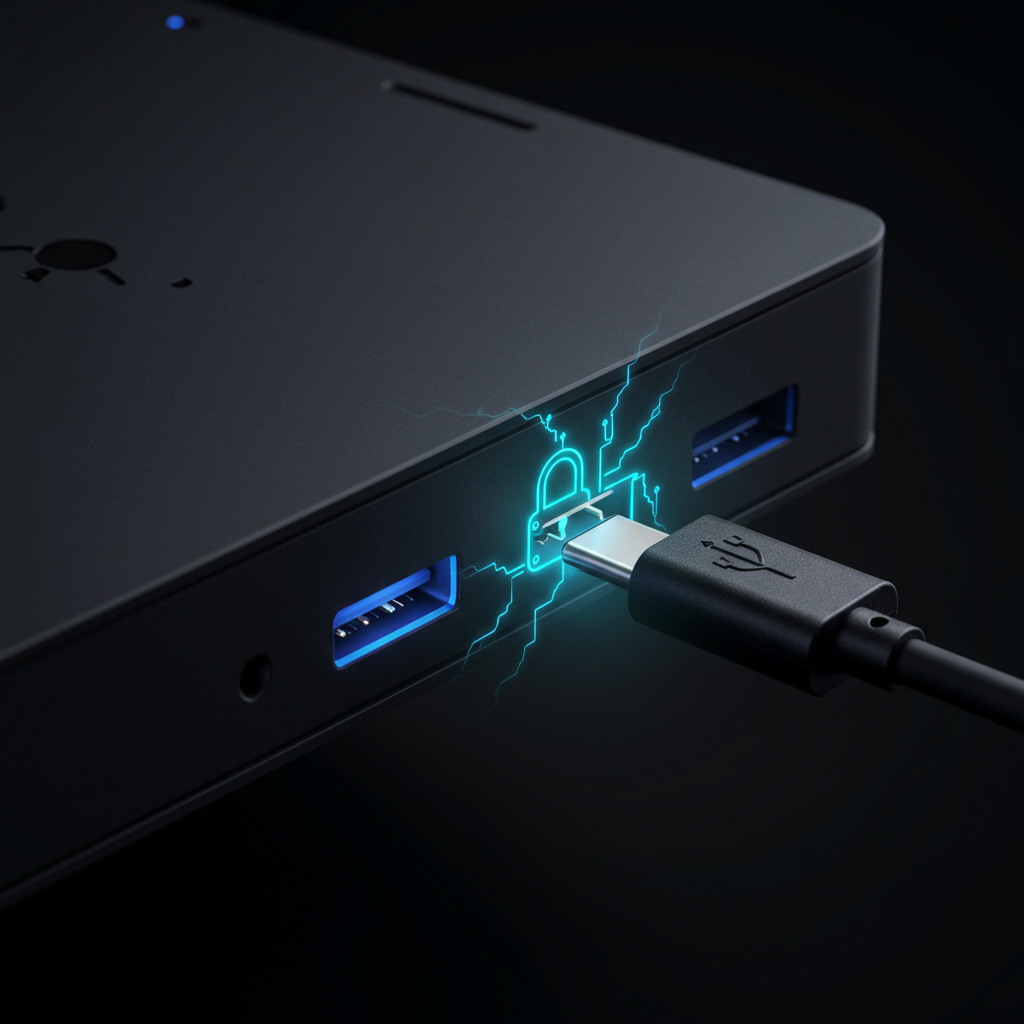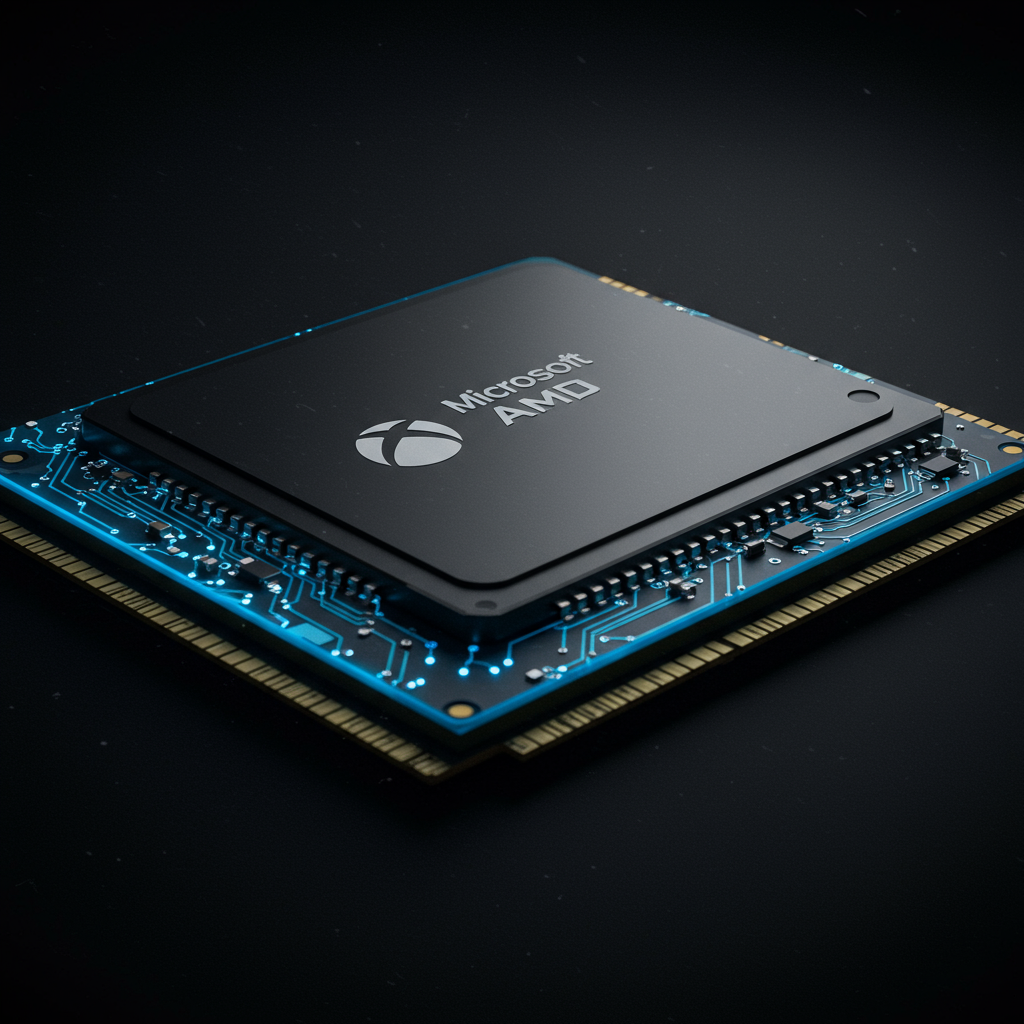Speculation surrounding the upcoming nintendo Switch 2 console is building rapidly. Among the many anticipated features, the future of its USB-C port is a hot topic. Reports suggest Nintendo might implement a significant “lockdown” on this crucial connection point. Such a move could create major hurdles for companies making Switch 2 third-party docks. This article explores what a port lockdown means and its potential impact on both accessory makers and consumers.
Understanding the Core Issue: What is a USB Port Lockdown?
A “USB port lockdown” in the context of a gaming console refers to technical measures taken by the manufacturer to restrict the functionality of the USB port. Nintendo might employ several strategies. One method involves proprietary data protocols or authentication chips. These chips would only allow devices with specific, Nintendo-approved identifiers to access full functionality, like video output for docking.
Another technique could be software-level checks. The console’s operating system could verify connected hardware signatures. If a connected dock or accessory lacks the correct digital handshake, the system might refuse to output video or even charge properly. This significantly limits unauthorized accessories. Nintendo’s goal is likely to control the accessory ecosystem.
Why Nintendo Might Restrict USB-C Connectivity
Nintendo has a history of seeking tight control over its hardware and software. This control extends significantly to accessories. Implementing a USB port lockdown on the Nintendo Switch 2 could serve multiple purposes. Firstly, it allows Nintendo to push consumers towards buying its own official accessories. This creates a significant revenue stream for the company.
Secondly, a lockdown helps ensure quality control. Unofficial third-party docks for the original Switch sometimes caused issues. In rare cases, poorly designed docks even “bricked” consoles. Restricting port access helps prevent such damaging incidents. It ensures a more stable and reliable user experience, at least with official products.
The Appeal of Third-Party Switch Docks
Third-party docks have been incredibly popular accessories for the current Nintendo Switch. Consumers often choose these alternatives over the official Nintendo dock for several compelling reasons. Price is a major factor. Unofficial docks are typically much cheaper than Nintendo’s first-party option. This makes docking the console more accessible for many players.
Size and portability are also big draws. Many third-party docks are significantly smaller. They are easier to carry around for travel. Some models even integrate directly into the console’s power adapter. Third-party options also sometimes offer additional features. These might include extra USB ports, Ethernet ports, or different form factors.
Specific Challenges for Dock Manufacturers
A potential USB port lockdown on the Nintendo Switch 2 creates significant technical and business challenges for third-party accessory makers. Companies can no longer simply build docks using standard USB-C video out specifications. They would face complex technical hurdles trying to reverse-engineer Nintendo’s proprietary authentication. This requires significant investment in research and development.
Legal challenges could also arise. Attempting to circumvent security measures might infringe on Nintendo’s intellectual property. This could lead to lawsuits or manufacturing injunctions. The costs associated with these potential legal battles are high. Furthermore, even if a third-party dock works initially, Nintendo could issue software updates that break compatibility. This leaves accessory makers constantly playing catch-up.
How a Lockdown Impacts Functionality and Features
Implementing a port lockdown directly limits the features third-party docks can offer. Basic video output and charging might be restricted. More advanced features, like high-speed data transfer or additional display options, could become impossible without official clearance. This forces accessory makers to rely solely on Nintendo’s certified components or protocols.
Building docks under an official licensing program would increase production costs dramatically. Licensing fees and adherence to strict manufacturing standards drive up the price. This erodes the primary advantage third-party docks currently offer: affordability. Consumers might face a market dominated by expensive official docks and unreliable unofficial alternatives.
Nintendo’s History with Accessories and Control
Nintendo has a long history of maintaining tight control over its console ecosystems. From requiring specific memory cards for the GameCube to developing proprietary cartridge formats, control is central to their strategy. The original Switch’s relationship with third-party accessories, particularly docks, has been complicated. While many basic USB-C hubs work, specialized docks sometimes caused problems.
This previous experience with third-party docks causing issues likely informs Nintendo’s approach with the Switch 2. They may see a lockdown as necessary. It would prevent negative publicity resulting from accessory-related console failures. It reinforces the value proposition of their official, higher-priced accessories. This aligns with their business model focused on curated experiences.
Implications for Consumers Buying Switch 2 Accessories
For consumers, a USB port lockdown on the Nintendo Switch 2 could have several direct implications. The most immediate impact might be on cost. If third-party dock options are limited or more expensive due to licensing, players might have to pay premium prices for official docking solutions. This makes the overall cost of owning and using the Switch 2 in TV mode potentially higher.
Availability of specific features might also decrease in the third-party market. Accessory makers might be unable to replicate the full functionality of the official dock. This could leave consumers with fewer choices offering features like multiple USB ports or integrated Ethernet. Reliability could also become a concern. Unofficial accessories might work inconsistently or pose risks if they try to bypass security measures.
Potential Workarounds and the Future
Despite potential restrictions, third-party accessory companies are known for their ingenuity. They might explore various avenues to adapt. One approach could involve focusing on officially licensed products. They could partner with Nintendo to produce approved docks, albeit likely at higher price points than current unofficial options. This shifts their business model.
Another possibility involves creating accessories that don’t rely on the restricted port functions. This might include alternative chargers or grips. Some companies might still attempt to reverse-engineer the lockdown. However, this path is fraught with technical difficulty and legal risk. The landscape for Switch 2 third-party docks will likely look very different from the current market.
Frequently Asked Questions
What exactly is a “USB port lockdown” on a game console?
A “USB port lockdown” means the console manufacturer uses technical means to limit which devices work fully with the USB port. This can involve authentication chips or software checks. It ensures only approved accessories, like official docks, gain access to crucial functions such as video output or specific charging protocols. It restricts functionality for unauthorized devices.
Should I avoid third-party docks for the Nintendo Switch 2 if there’s a port lockdown?
If Nintendo implements a strict lockdown, it’s generally safer to use official or officially licensed docks. Unofficial docks might not work correctly or could potentially damage your console. While they might be cheaper, the risk might outweigh the cost savings. Wait for clear information after the console releases before buying unofficial accessories.
Where can I find reliable information about Nintendo’s official Switch 2 accessories?
Reliable information about official Nintendo Switch 2 accessories will primarily come from Nintendo itself. Check the official Nintendo website and their press releases. Major gaming news outlets reporting directly from Nintendo announcements are also good sources. Be wary of speculative information from unofficial channels regarding compatibility.
Conclusion
The prospect of a USB port lockdown on the Nintendo Switch 2 poses a significant challenge for Switch 2 third-party docks manufacturers. It reflects Nintendo’s likely strategy to maintain control, ensure accessory quality, and boost revenue from its own products. While this approach might offer some benefits in terms of reliability for consumers, it could also lead to higher accessory costs and fewer third-party options. As the Switch 2 release approaches, the specifics of its USB-C functionality will be closely watched by both accessory makers and eager players.




